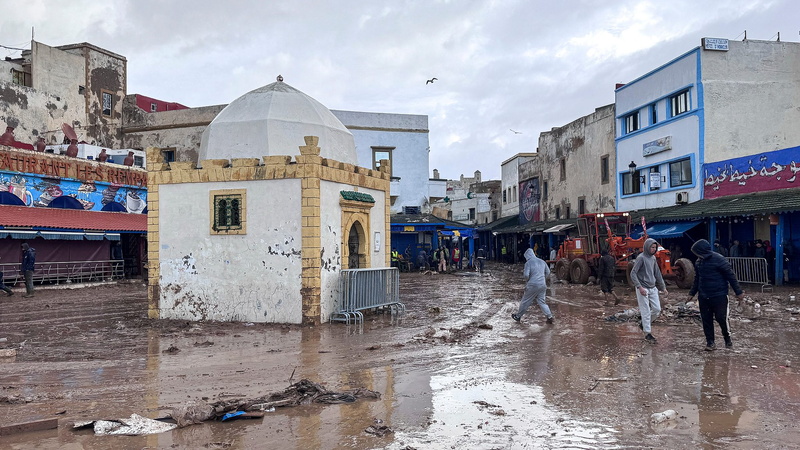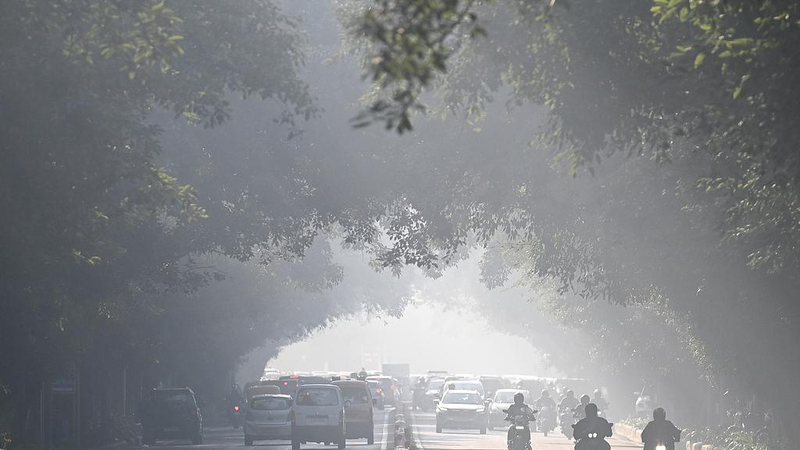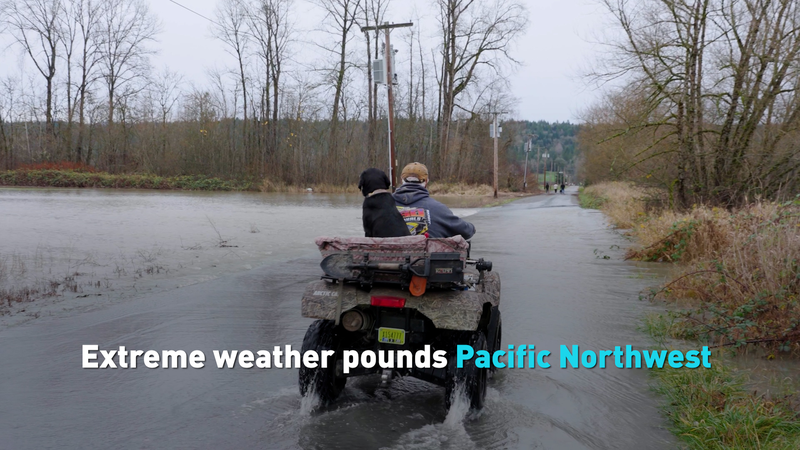An unusually rare haze of Saharan dust has enveloped Switzerland and southeastern France this past Saturday, prompting health advisories as the sky adopted a distinctive yellowish hue.
The event, which commenced in Switzerland on Friday, has significantly deteriorated sunlight quality and visibility, Meteorological Service of Switzerland MeteoSuisse reported on X, adding that concentrations of fine particles have surged.
With dust levels concentrated below 3,000 meters, air quality has been severely affected. Switzerland's airCHeck app registered elevated pollution levels along a corridor stretching from the southwest to the northeast.
Estimated calculations suggest that approximately 180,000 tonnes of dust have been dispersed—twice the quantity recorded during similar recent events, commented Roman Brogli, SRF Meteo forecaster, on public radio.
In France, authorities in the southeastern regions announced breaches of air pollution thresholds on Saturday. The Herault department advised residents, especially those with heart or respiratory conditions, to refrain from intense physical activities.
The Sahara Desert annually emits between 60 to 200 million tonnes of mineral dust. While larger particles settle back to Earth swiftly, finer particles can traverse thousands of kilometers.
Such sand not only gives an orange tint to the snow but also affects melting processes, particularly for glaciers, which are diminishing as global temperatures rise—the sand reduces ice's ability to reflect sunlight.
The air quality situation is expected to improve in both France and Switzerland by Sunday.
Reference(s):
cgtn.com




